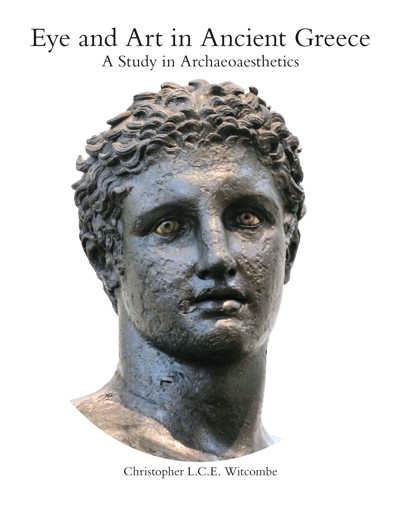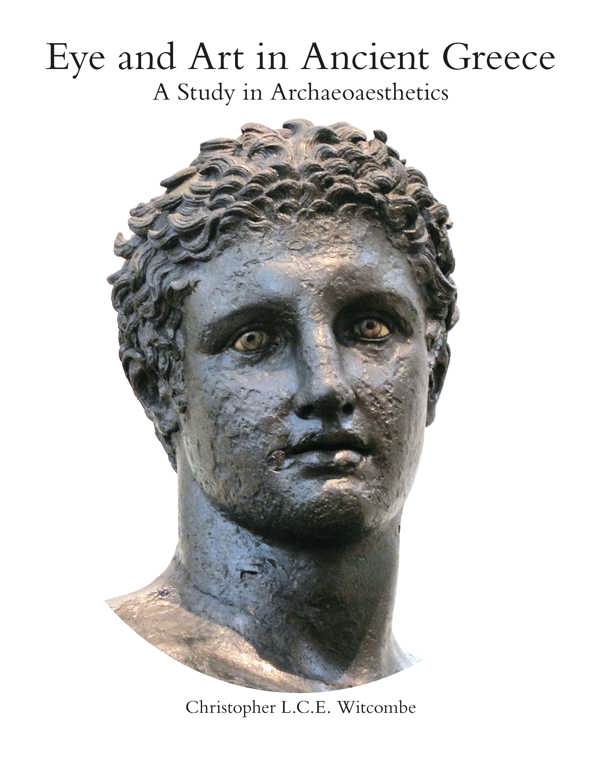- Pages: 256 p.
- Size:220 x 280 mm
- Illustrations:4 b/w, 61 col.
- Language(s):English
- Publication Year:2018
- € 105,00 EXCL. VAT RETAIL PRICE
- ISBN: 978-1-909400-03-0
- Hardback
- Available
“(...) Witcombe offers an interesting and insightful collation of ancient aesthetic values in visual art, poetry, music, and dance that will be of interest to anyone working on the overlap of any of these media.” (Ross Brendle, in Bryn Mawr Classical Review, 2019.10.55)
Christopher L.C.E. Witcombe, a British citizen born in Oxford, studied painting at the Accademia di Belle Arti in Florence, Italy, before moving to the United States to undertake undergraduate and graduate studies in art history. He subsequently received a Ph.D. in art history from Bryn Mawr College and is currently the Eleanor Barton and Aileen “Ninie” Laing ’57 Endowed Professor in Art History at Sweet Briar College. He has held visiting scholar positions at Oxford University in England and the American Academy in Rome. He lives in Virginia.
Eye and Art in Ancient Greece examines the art of ancient Greece through reconstructions of how the Greeks saw and understood the products of their own visual culture. The material is approached using a newly developed methodology of archaeoaesthetics by which past modes of vision and perception are examined in conjunction with prevailing notions of pleasure and judgement with the purpose of identifying the visual and psychological contexts within which the aesthetics of a culture emerge. Through a wide-ranging examination of ideas found in early written sources, the book examines various key aspects of Greek visual culture, such as continuity and change, nudity, identity, lifelikeness, mimesis, personation and enactment, symmetria, dance, harmony, and the modal representation of emotions, with the aim of comprehending how and why choices were made in the conception and making of artifacts. Special attention is given to factors contributing to the formation of taste and the emergence and transmission over time of concepts of art and beauty and the means by which they were identified and judged. The approach facilitates encounters with the material in ways that give rise to new insights into how the ancient Greeks experienced their own visual culture and how Greek art may be understood by us today.


